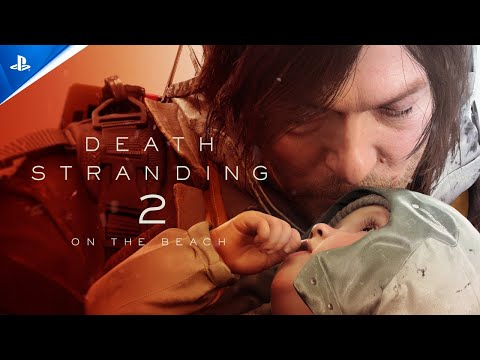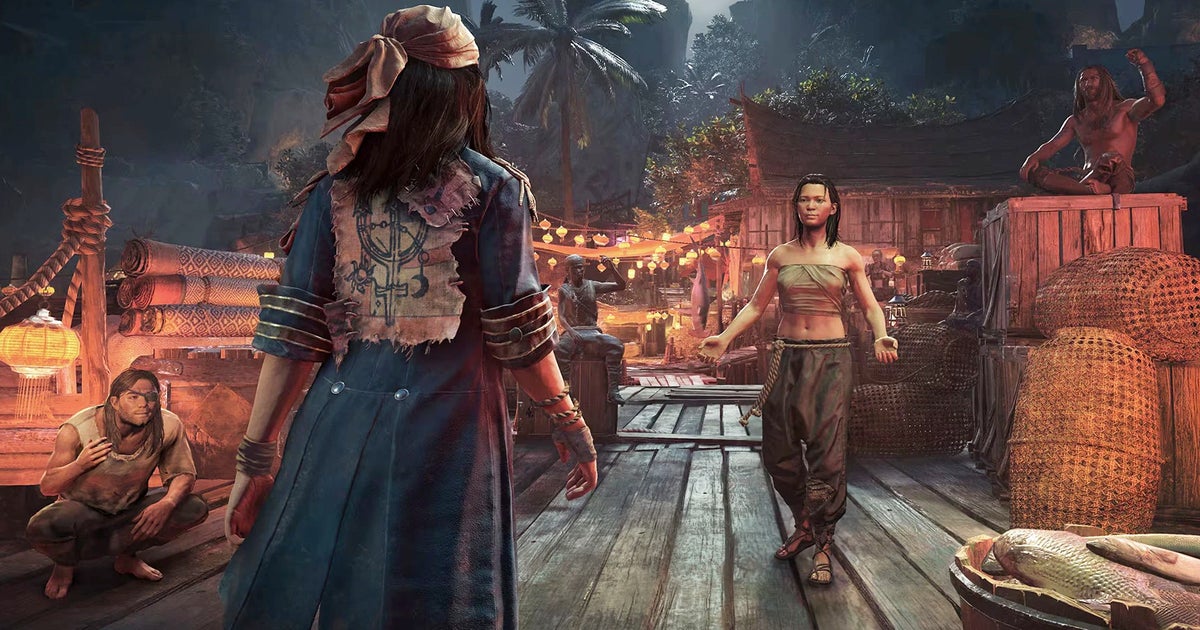It may have been developed by Harmonix – now a subsidiary of Epic Games – but Fortnite Festival is not Rock Band 5. Let’s get that out of the way immediately, because I’ve certainly already seen claims to the contrary. In fact, Fortnite Festival has more in common with the boy band Five than Rock Band 5; that is, it’s a transparently commercial exercise that simply switches the question “What if the Spice Girls were blokes?” with “What else can we sell for V-Bucks?”
It is also not Rock Band 4.1. Hell, it isn’t even really Rock Band Lite. To be fair, Fortnite Festival doesn’t actually make use of the Rock Band moniker, so it certainly does have the scope to be its own thing. It just doesn’t make use of it. Sticking so closely to the existing Rock Band formula does invite certain comparisons, especially with the DNA of its spiritual ancestor on full display (even down to identical instrument icons for the guitars, drums, and vocals). Unfortunately, those comparisons aren’t all that kind to Fortnite Festival, which isn’t a very fun or even particularly social music game in its current state.
Simply put, Fortnite Festival is a rhythm game now embedded in the Fortnite ecosystem. It’s one of three free new games rammed into Fortnite, along with LEGO Fortnite and Rocket Racing. Credit where credit is due, Festival is the only one of the three that really retains Fortnite’s aesthetic (LEGO Fortnite obviously makes use of the iconic minifigs instead, and Rocket Racing feels like an add-on for Rocket League that got accidentally pasted into the wrong product). With Fortnite’s history of celebrity musician appearances and in-game concerts, it isn’t even a weird fit for a Fortnite mode. Plus, as a lover of all things rock and/or roll and a firm disliker of PvP shooters, anything that gets people to trade the staccato of an assault rifle for a snare drum is okay with me.
At least, it’s okay in principle. In practice, Fortnite Festival is currently undone by its ditching of the best parts of the music games that inspired it – like local multiplayer and singing – and its fixation with grossly-inflated digital purchases and other typical service game shenanigans.
Fortnite Festival features two modes: Main Stage, which is where the core, scored button-bashing rhythm action occurs, and Jam Stage, which is a low-stakes musical sandbox where you can (in theory) build new mixes of songs with other players by layering separate guitar, drum, and vocal tracks on top of each other. Main Stage can be played alone or with up to three friends or random players online, although it largely feels and looks the same either way. With no ability to see your bandmates’ note highways, there’s little distinction between playing solo and playing with other humans. As stressed, there’s no splitscreen or local multiplayer, completely shelving the best thing about music games like Rock Band. That is, turning the volume up to 11 and playing co-op with friends and family in the same room.
There’s been no radical reinvention of the standard rhythm game template here; notes scroll down the screen in typical Guitar Hero and Rock Band fashion, and we tap them as they pass. With no official support for pre-existing instrument controllers right now (although that is coming, we’re told), and vocals mapped to buttons instead of actually letting you sing into a mic, it’s presently only built for controllers and keyboards. This makes Fortnite Festival feel more like Harmonix’s own controller-only rhythm games, including Frequency, Amplitude, and Rock Band Blitz, although it’s not quite as elegant as those. While those games were purpose-built for controllers and included extra elements like the ability to switch between instrument tracks on the fly, Fortnite Festival is just… Rock Band on a gamepad, and it’s a little like playing a light gun game on an analogue stick. Yeah, it works, but it doesn’t feel like quite the right way to play it.
Requiring four buttons on the lower difficulties and five on expert, Harmonix sensibly splits its note charts down the middle, so the songs stop short of ever requiring double-presses on the same side of a gamepad (not that it’s even possible to hold down left and right on the D-pad at the same time, anyway). This does mean, if you’re limber and accurate enough, you may be able to get away with just using your thumbs. That said, I had better results on expert holding the controller unconventionally and hovering over every button from above with a different finger (a little like how my wife uses a controller when she’s playing Tekken, resting the controller on her knee like she’s trying to beat people up via a tiny typewriter).
Essentially, that’s about all there is to it. There’s no real sense of any progression, like moving from simple songs to tricky ones like Guitar Hero, or the tour approach of Rock Band. You just sit in your home, alone, playing the same slim selection of songs over and over to… tick boxes and unlock… new jpegs of The Weeknd for your loading screen? I’m gathering that accumulating stuff is the Fortnite formula, but I’m not seeing the appeal.
New songs have been arriving in Fortnite Festival since the weekend, but they don’t appear to be hovering long in the available playlist. Songs owned by other players in your band do appear in the list of tracks everyone in your party can browse while creating your session’s four-song setlist, but if you want the freedom to play a song indefinitely you’ll need to buy it yourself. As someone who’s been regularly buying Rock Band DLC since the 2007 original, that’s something I would have no problem with if the songs were priced respectfully. Unfortunately, they aren’t.
At 500 “V-Bucks” per song that equates to USD$4.50, AUD$6, and £3.50 in the UK – so approximately double the price of Rock Band DLC and around three times what the actual bands themselves charge for the songs on iTunes. Rock Band 4 has 65 songs on it, which means replicating that selection in Fortnite Festival in Australia would cost me just under $400. No thanks.
Of course, Fortnite doesn’t just let you buy 500 V-Bucks. You can only buy them in minimum increments of 1,000. I’ll admit I’m a stranger in a strange land when it comes to Fortnite, but if this is the free-to-play world, you can keep it. I feel like I’m surrounded by a bunch of boiling frogs, when all I want to do is jump out of the water immediately.
I guess it could be worse – after all, there appears to be a single car for Rocket Racing on here for 4,000 V-Bucks. One car, for the price of an entire video game. [In the days following the publishing of this review, the car in question has since been reduced to 2,500 V-Bucks, which is still just under AUD$30] Regardless, there’s just no chance I would ever invest this sort of money. That it comes in the wake of what may be the most consumer-friendly DLC in the business (Rock Band DLC owners have had their song libraries follow them across three console generations for no additional charge, meaning Rock Band 4 still supports Rock Band 1 DLC people bought over 15 years ago) is doubly galling.
The second way to play Fortnite Festival is the Jam Stage, which is an open area packed with a variety of stages you can use to group up with friends or strangers and mix song samples with each other. It’s a little like if you explained Fuser (RIP) and DropMix to someone in a crowded bar, and they went home and built a Fortnite mod out of it from notes they made on a napkin with a blunt pencil. Like in Fuser, you can change the key and tempo – and as a mediocre musician I do have an admiration for anything that helps non-musicians engage with music in a way that may guide them to identify its layers and perhaps appreciate it differently – but it feels like any momentarily decent mash-ups that are created in this environment are strictly by accident. Also, with the song prices being what they are, it would take an extraordinary amount of money to have a sample crate at your disposal that’s anywhere near as robust as the one in Fuser.


